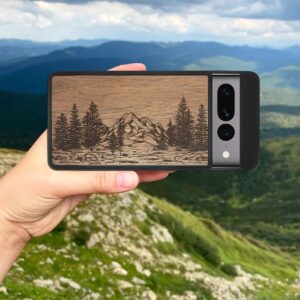
Often when you talk about company shirt printing most people think of screen printing. It is true that if you need a large number at once, that screen printing is the most affordable option. But it is not the only option for customization. There is shirt embroidery and there is DGT printing too. When you understand DTG printing you can better see how it can be used to your advantage.
The basics of direct-to-garment printing
DTG and screen printing are both good options for corporate shirt printing. With DTG the process needs a large inkjet-type printer that sprays inks onto the garments being customized. The great thing about this option is that there is not a huge amount of setting up as there is with screen printing. That is why screen printers encourage you to buy in larger amounts for smaller per-shirt costs. But when you want a smaller order DTG is the more cost-effective option and it is also better for detailed designs and images. Another great thing about it is that there are no minimum order amounts so whether you have a staff of 3 or 15, you can get the shirts printed.
The pros and cons outlined
Here is a summary of both the pros and cons of direct-to-garment printing.
Pros
The designs and images you can use for corporate shirt printing can be a lot more complex and detailed than you would be able to achieve with screen printing. You can use many different colors and shades and really re-create intricate designs.
The inks used are more environmentally friendly, and the process has less of a negative impact as well. It is energy-efficient and does not require a lot of water.
You do not have to order more than you need in order to achieve a lower price as there is no minimum order. This also means you can try things out with different options if you are testing designs. You do not need to store unwanted stock either.
Cons
For some, the no bulk orders is a positive thing but for larger businesses wanting to order more it could be a negative thing. The process is slower so the more you need the longer it will take.
How large the surface you can print on is more limited with this option. Being able to print on other print areas on the garment would take more setting up.DTG does not work on any fabric. It is best used on blends of man-made materials and cotton. The cotton needs to be at least 50%. However, things are changing with this as technology evolves and improves. Conclusion
DTG is great for designs you want to be high quality and possibly multiple shades. It is great for on demand printing needs and smaller businesses. It is better for the environment but needs fabrics with at least 50% cotton at the moment. Other options for customization work well with it including shirt embroidery.






